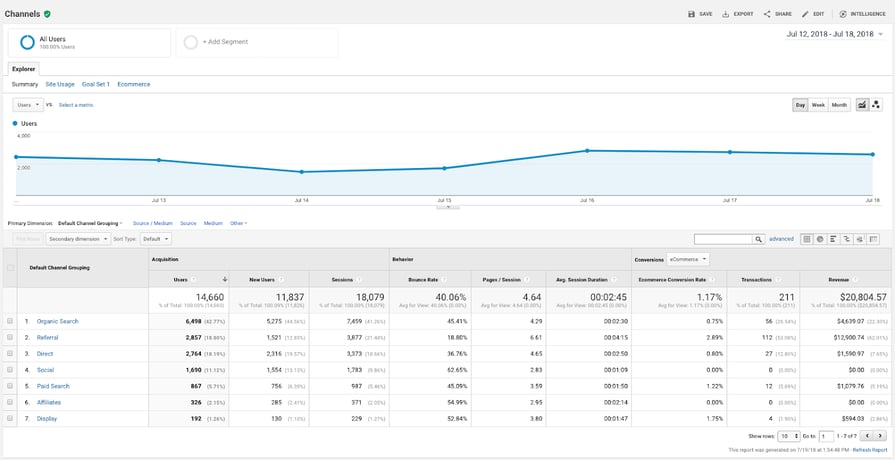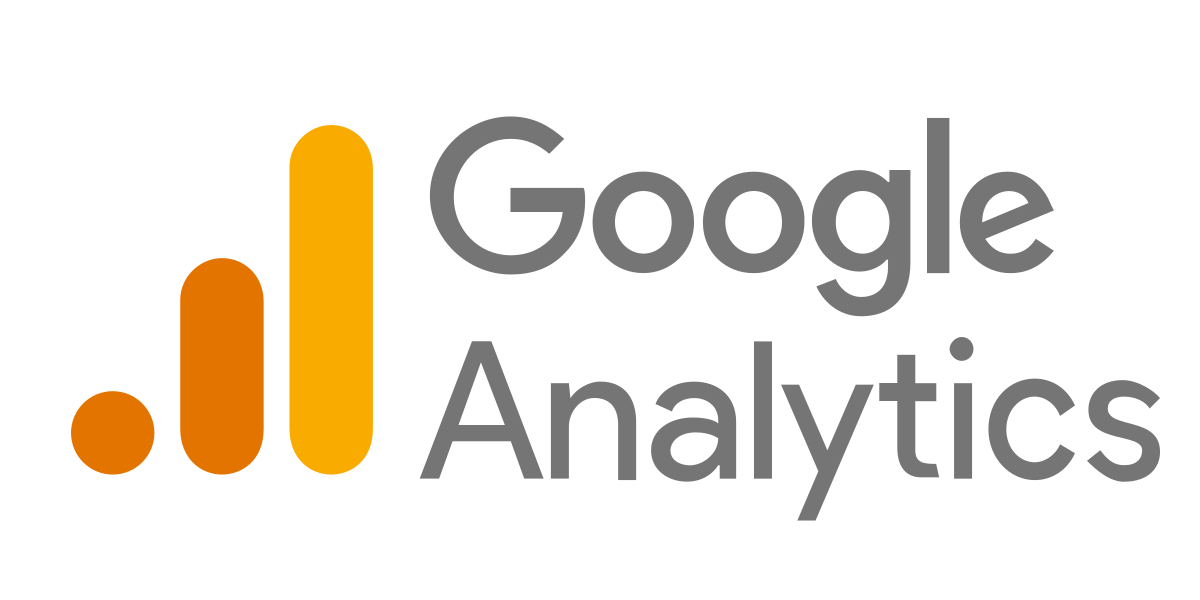When Does the Google Analytics Tracking Code Send an Event Hit to Analytics? A Deep Study User Communications
When Does the Google Analytics Tracking Code Send an Event Hit to Analytics? A Deep Study User Communications
Blog Article
Master Site Insights With Accurate Google Analytics Tracking Code
The effective use of Google Analytics hinges on the accurate implementation of its tracking code, a fundamental action typically forgotten by web site owners. What are the common pitfalls that could undermine your tracking initiatives, and exactly how can you guarantee precision in your method?
Comprehending Google Analytics Fundamentals
Google Analytics is a vital tool for website owners and marketers, offering very useful insights into individual actions and web site efficiency. At its core, Google Analytics accumulates data about visitors to a site, enabling individuals to evaluate metrics such as website traffic resources, user engagement, and conversion prices. Comprehending these fundamentals is important for maximizing a website's effectiveness and enhancing customer experience.
The system uses cookies to track interactions, videotaping data such as web page views, session durations, and bounce prices. This information is accumulated and presented through adjustable dashboards, enabling individuals to envision trends over time. Secret performance signs (KPIs) can be checked, such as the total variety of users, brand-new versus returning visitors, and the geographic circulation of the target market.
Additionally, Google Analytics offers segmentation attributes, permitting customers to separate particular traffic resources or user demographics for even more targeted analysis. By grasping these foundational components, web site proprietors can make informed decisions regarding material strategy, advertising projects, and general website enhancements. Ultimately, comprehending Google Analytics basics is necessary for leveraging information to drive development and attain business objectives properly.
Setting Up Your Tracking Code

Copy the provided monitoring code and paste it right into the HTML of your website. This makes sure that the monitoring code tons before any type of other web content, enabling it to record information properly.
After setup, validate that the monitoring code is functioning appropriately by utilizing Google Tag Aide or the Real-Time records in Google Analytics - when does the google analytics tracking code send an event hit to analytics?. This step is important to validate that your data collection is exact and active, setting the foundation for informative evaluation
Common Monitoring Code Issues
This might take place when the monitoring code is positioned in the wrong area of the site's HTML, typically leading to insufficient or missing data. Additionally, having multiple instances of the monitoring code on a solitary page can result in inflated metrics, as individual interactions might be counted much more than as soon as.
Another problem occurs from the use of advertisement blockers, which can prevent the tracking code from implementing altogether, therefore skewing data. when does the google analytics tracking code send an event hit to analytics?. Additionally, failure to configure filters correctly can result in the exclusion of essential website traffic sources or the addition of unwanted reference spam, distorting the information gathered
Website proprietors may additionally ignore the significance of monitoring code updates, especially when moving to Google Analytics 4 (GA4) from Universal Analytics. Lastly, not enough testing before launching modifications can result in unnoticed mistakes in the tracking code, even more making complex data reliability. Attending to these typical concerns is critical for making sure exact monitoring and informative analytics.
Studying Website Information Properly
Accurate information collection is only the initial step in leveraging Google Analytics; the actual worth depends on successfully assessing that information to drive informed decision-making. To achieve this, it is vital to determine vital performance signs (KPIs) that line up with your organization goals. Concentrate on metrics such as conversion prices, customer interaction, and website traffic sources, as these will certainly supply insights into individual behavior and the overall effectiveness of your site.
Making Use Of Google Analytics' division attributes enables a much deeper understanding of your audience. By breaking down information right into specific demographics, actions, and traffic channels, you can uncover fads and patterns that inform targeted methods. Carrying out customized reports and control panels can enhance this process, enabling fast accessibility to essential data.
In addition, on a regular basis assessing information trends in time assists to determine abnormalities and chances for enhancement. Make use of visualization devices to existing information in a conveniently absorbable style, promoting more effective communication with stakeholders. Eventually, the ability to examine website data properly empowers businesses to Our site make calculated decisions that boost customer experience, enhance advertising efforts, and drive growth.

Ideal Practices for Accurate Monitoring
Implementing effective tracking techniques is vital for acquiring reliable data in Google Analytics. To make sure accurate tracking, start by appropriately mounting the Google Analytics tracking code on every web page of your internet site. This can be accomplished with a tag supervisor or by directly embedding the code right into the HTML.
Following, configure your Google Analytics account to exclude internal traffic. This can be done by establishing filters that determine and eliminate check outs from your company's IP address, therefore protecting against skewed information. Furthermore, make use of event tracking to monitor certain user communications, such as downloads or video clip plays, which common page sights might ignore.
Consistently investigate your tracking arrangement to confirm that all functions, such as goals and ecommerce tracking, are operating effectively. Establish a constant identifying convention for your projects and events to help with less complicated coverage and analysis.
Last but not least, take into consideration leveraging UTM parameters for projects to gain understandings right advice into the performance of different marketing efforts. By adhering to these finest techniques, you can improve the precision of your information collection and evaluation, ultimately causing even more informed decision-making for your website.
Conclusion
Accurate application of the Google Analytics tracking code is crucial for understanding site understandings. By guaranteeing the tracking code is appropriately positioned and on a regular basis investigated, site owners can catch crucial user communication information, hence assisting in the identification of essential efficiency indicators. Reliable evaluation of this information, combined use this link with adherence to finest practices, makes it possible for notified decision-making and the optimization of on-line strategies. Inevitably, a robust tracking framework boosts the capability to drive interaction and boost general website performance.

Insufficient testing prior to launching changes can result in unseen errors in the monitoring code, better complicating information dependability.Carrying out efficient monitoring practices is crucial for acquiring reputable information in Google Analytics. By ensuring the monitoring code is correctly placed and regularly investigated, internet site owners can catch crucial individual communication data, therefore promoting the recognition of key performance indicators.
Report this page